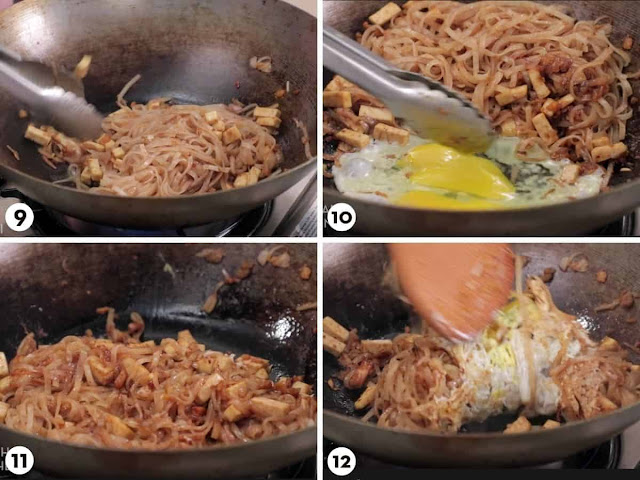For the broth
- 1 lb short ribs with bone
- 4 slices ox tail
- 2 marrow bones
- 3 scallions , cut in halves
- 1 whole star anise
- 1 whole nutmeg
- 1 stick cinnamon
- 5 whole cloves
- 5 pods cardamom
- ½ lb daikon , julienned
For the toppings
- 8 oz. rice noodles (ideally bánh phở)
- Soybean sprouts
- 10 scallions
- ½ bunch mint
- ½ bunch cilantro
- ½ bunch Thai basil
- 2 lb round (sirloin, or shank)
- 3 limes
- 2 hot peppers
Instructions
- Heat a frying pan and roast the spices (star anise, nutmeg, cinnamon, clove, cardamom) for a few minutes to develop their aroma.
- Place these spices in a tea ball or cheesecloth (tied with kitchen twine).
- In a large pot, place the scallions, the ribs, the marrow bones, the ox tail slices and the spice tea ball.
- Add the julienned daikon.
- Cover with water and bring to a boil. Then, lower the heat. Cover to three quarters (do not close the lid completely) and simmer for 3 hours. If necessary, skim the fat as it is cooking.
- At the end of cooking, filter the broth. Thinly slice the ribs and the ox tail and set aside.
- Cook the rice vermicelli in a large volume of boiling salted water for 4 minutes. Drain and rinse with cold water and set aside.
- Thinly slice the round (sirloin or beef shank) and set aside.
- Rinse and drain the soybean sprouts. Rinse, dry and then roughly chop the herbs (mint, cilantro, Thai basil).
- In individual bowls, place the ingredients in this order:- rice noodles- daikon- slices of round (sirloin or shank)- slices of short ribs- slices of ox tail- soybean sprouts- herbs and thinly sliced scallions
- Pour the hot broth into each bowl and serve immediately after adding the juice of half a lime and thinly sliced hot pepper (optional) in each bowl.
- Mix the food for about thirty seconds using chopsticks and enjoy.












